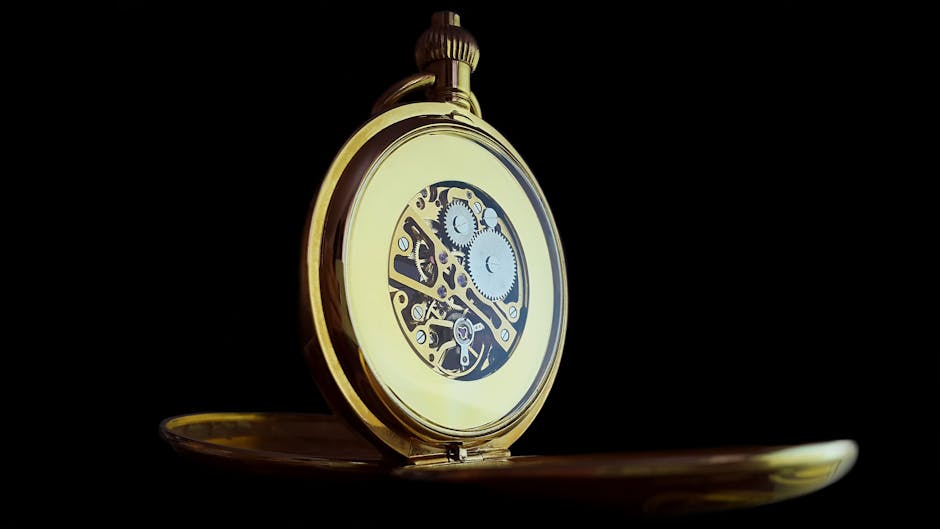Understanding Watch Movements

Watch movements are the heart and engine of any timepiece. Some Swiss manufacturers produce their own movements in-house. Find popular Swiss watch brands include Rolex, Patek Philippe, Omega, Grand Seiko, A. Lange & Sohne, Audemars Piguet, Breitling, and more. Others rely on third-party movements. However, if you're shopping for a wristwatch for yourself, you should research the manufacturer's watch movement before you buy.
Miyota's 8215 movement is widely used in many watches. Its predecessor, the Miyota 9012, is also popular. It was invented by William Mosset in 1909 and was inspired by the Seiko 4L. The A-10 was replaced by the M100 in the Soprod line-up, but it is still used in some brands. Some brands that use the A-10 include Sinn, Steinhart, and Orange Watch Company.
The second component of a watch movement is the escapement. This part of the mechanism allows the wheel train to advance. The escapement consists of a lever that releases the escape wheel. The pendulum and balance wheel move with the escapement. The train is made up of many small gears that transfer the energy from the mainspring to the escapement and balance wheels. The escapement is responsible for the smooth sweep of the second hand.
Watch movements are classified as mechanical or quartz. Mechanical movements use the energy in the wind-up mainspring to run the watch. The movement is then transferred to the hands and visible complications. There are two main types of mechanical movements: manual and automatic. The former dates back to the 16th century, and are more commonly preferred by collectors. The latter uses an electronic component that requires a battery. However, both types of movements are reliable and work well for many types of watches.
Quartz watch movements are a popular choice as they are cheap and easy to mass produce. Quartz watch movements are typically associated with more prestigious brands. Quartz watches first gained popularity in the late 1960s, when the Japanese watchmaker Seiko launched the Quartz Astron 35SQ. This quartz watch quickly gained a reputation for accuracy and size. The main difference between quartz and mechanical movements is that a quartz movement uses a battery instead of a winding mainspring.
In automatic watch movements, a rotor spins inside the watch, which winds the mainspring. The rotor spins freely inside the watch, and the wearer's movements are what wind the watch. As a result, automatic watches can be more accurate, but some watch enthusiasts still prefer a manual watch. They require less winding than their manual counterparts. If you choose to purchase a manual watch, you must take a few minutes to learn about this service.
Another difference between mechanical and automatic watch movements is the type of energy stored in the mainspring. While an automatic watch can be reset by shaking or moving the wrist, a mechanical one can only be wound manually through the crown. In addition, manual-wind watches are similar to automatic watches, but they do not contain a winding rotor. Manual-wind watches can be manually wound through the crown. If the power reserve of an automatic watch is exhausted, it will stop ticking and stop. Take a look at this link for more information: https://www.encyclopedia.com/sports-and-everyday-life/fashion-and-clothing/clothing-jewelry-and-personal-adornment/watches.